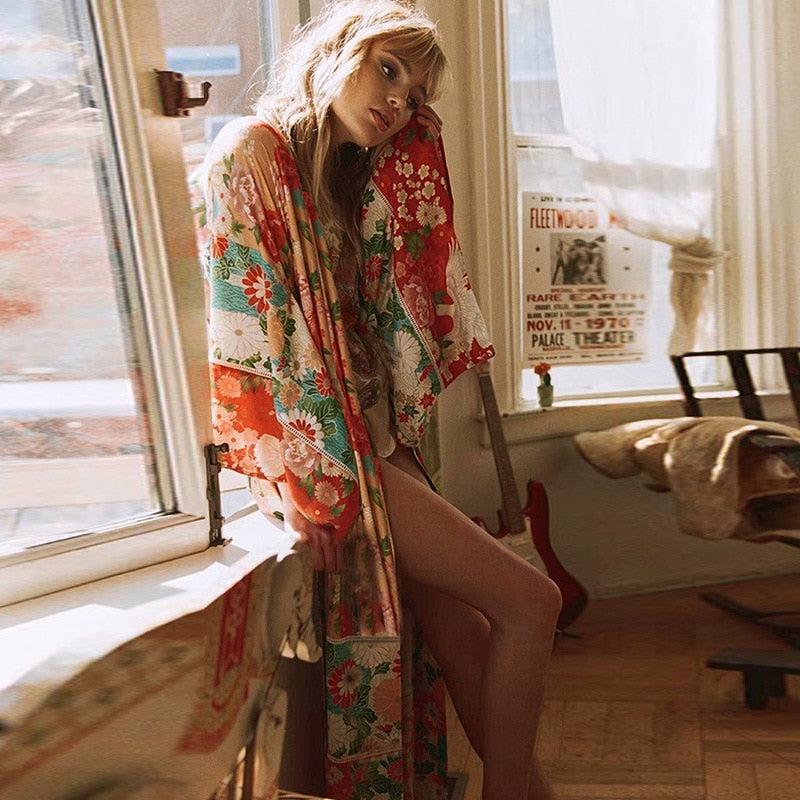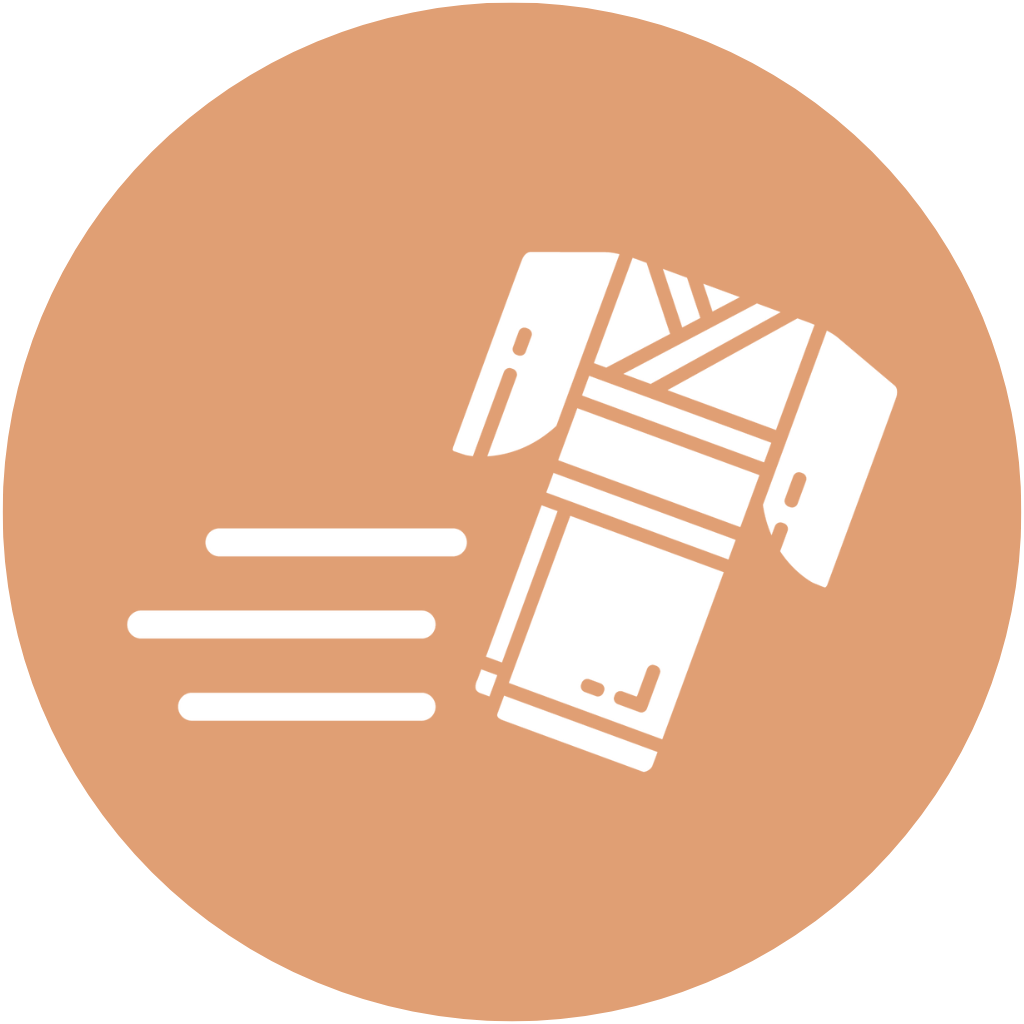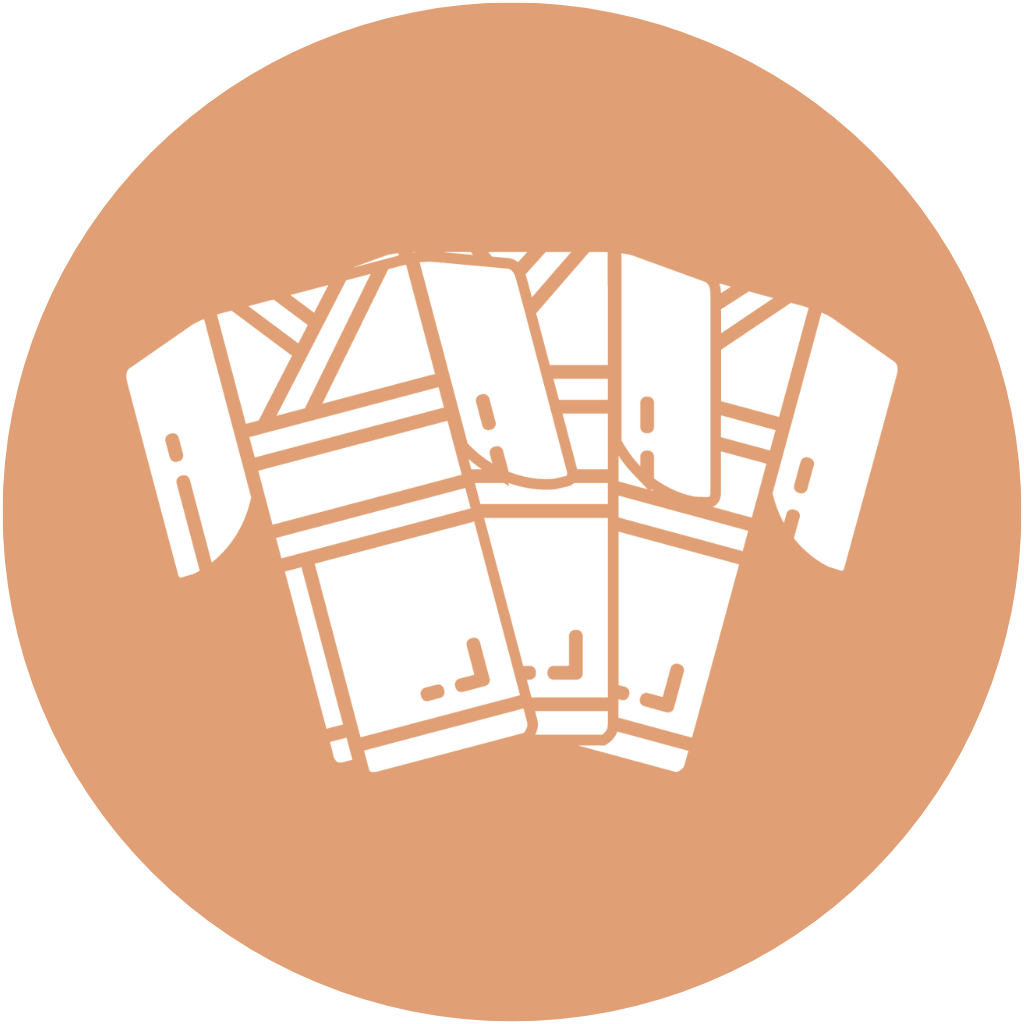
How to dress under a kimono?
Source: Freepik
Long reserved for rituals and special occasions, the kimono fascinates as much for its aesthetics as for its complexity. Beneath its elegant folds lies a precise, often overlooked art of dressing. Before donning this iconic piece, certain sartorial rules are essential. Discover in this review how to dress under a kimono.
The kimono: what is it?
An iconic piece of traditional Japanese clothing , the kimono is distinguished by its straight cut, long sleeves, and knotted belt, called an obi. Once worn daily, it is now reserved for special events or cultural practices such as the tea ceremony. More than just a garment, it embodies true craftsmanship and reflects a deep symbolic richness. Each pattern, fabric, or fold can tell a story, mark a season, or signal social status . If you're looking for bohemian kimonos , check out our collection.
What clothes should you wear under a kimono?
Before wearing a kimono , several layers of specific clothing are necessary to respect traditional codes while ensuring comfort and support. These elements, often discreet, but essential, help structure the silhouette, protect the main fabric and add a touch of elegance. Here is a clear and concise overview of the different pieces to wear under a kimono, with their respective functions.
|
Name of the garment |
Description |
Main function |
|
Hadagi |
Short shirt worn directly against the skin, usually made of lightweight cotton. |
Absorb perspiration and keep the juban clean. |
|
Briefs / Suteteko |
Mid-length underwear or briefs worn under the susoyoke. |
Ensure hygiene and comfort in the lower body. |
|
Susoyoke |
Straight petticoat or light jumpsuit worn with the sleeved shirt. |
Unify and smooth the lines under the kimono. |
|
Hosei |
Small, thin towels placed in certain areas (waist, chest). |
Soften the shapes to create a straighter silhouette. |
|
Juban (Nagajuban) |
Mid-layer garment resembling a kimono, often made of silk or polyester, visible at the collar and sleeves. |
Preserve the kimono and add a decorative touch. |
|
Han-eri |
Decorative false collar attached to the collar of the juban. |
Add color and highlight the neckline. |
|
Erishin |
Rigid piece inserted into the neck of the juban. |
Maintain a well-rounded and structured collar. |
|
Koshihimo |
Thin fabric belt used to secure the juban and kimono. |
Ensure support and determine the length of the kimono. |
|
Hanhaba-obi |
Narrow, informal belt, easy to tie. |
Complete the outfit by keeping the kimono elegantly closed. |
The steps to wearing a kimono
Source: Freepik
Putting on a kimono isn't just about draping a garment over your shoulders. It's a precise sequence of movements, a codified ritual that combines aesthetics and functionality. Each layer is important, from the discreet undergarment to the decorative belt, to ensure support, elegance, and respect for tradition.
Prepare the underwear
First of all, it is important to prepare the base of the outfit. Wearing the right underwear not only helps maintain hygiene, but also ensures a harmonious silhouette. We start by putting on a light shirt , often made of cotton, called hadagi. It is worn close to the body, followed by a susoyoke, a sort of straight petticoat or apron fitted at the waist. In the absence of these traditional pieces, a t-shirt with a discreet collar and leggings can do the trick, provided that no fabric is showing. At this stage, it is also common to add small folded towels (hosei) to smooth the silhouette and create a straight line, especially at the waist or chest.
Put on the nagajuban
The nagajuban is the intermediate layer between the underwear and the kimono. This piece, which follows the cut of the kimono, is often made of a lightweight fabric such as polyester, chiffon or synthetic silk. Its role is essential: it protects the main kimono, which is more difficult to clean, while adding a visual effect to the collar and sleeves. To put it on, simply put it on like a yukata . Cross the left side over the right, then secure it with a first discreet cord at the waist. It is important at this stage to insert an erishin , a rigid strip slipped into the collar of the nagajuban, to form a nice curve and prevent the fabric from sagging.
Adjust the kimono
Once the nagajuban is properly put on, the next step is to place the kimono over it. This main garment is worn by always crossing the left side over the right (the opposite is reserved for the deceased in funeral rites). The kimono is carefully positioned, ensuring that the length is appropriate. Once the shape is adjusted, the garment is held in place with a thin belt called a koshihimo , often made of cotton. This step requires attention. The sleeves should be well aligned, and the collar of the nagajuban slightly visible, forming a clean V at the back of the neck. A second cord can be used to reinforce the fabric's hold. At this stage, the silhouette should be straight, without unsightly folds, while providing optimal comfort.
Tie the main obi
The obi, the kimono's signature belt, is the finishing touch to the ensemble. There are several variations, but for informal attire, the hanhaba-obi (narrow obi) is often preferred. A more discreet inner belt, called a datejime, is first tied to secure the kimono in place. Next, the obi is positioned, folded according to the chosen style. Some knots are quick and easy to tie, while others require specific accessories to hold them in place and add volume. These include:
-
obiita : rigid plate to avoid creases under the obi
-
obi-makura : pad that gives relief to the knot
-
obi-age : strip of silk partly hidden in the knot
-
obi-jime : decorative cord attached last to hold the whole thing together
The choice of knot and accessories varies depending on the occasion. Particular care is taken at this stage, as it gives the kimono its structure and elegance.
What accessories should you add to complete the look?
Source: Freepik
To complete a kimono outfit, the choice of accessories plays an essential role. Certain discreet or visible elements highlight the style and elegance of the ensemble. Among them, bags occupy a special place. During ceremonies, they generally match sandals to form a refined duo. The chosen models are often rigid, small in size, and adorned with floral or geometric patterns .
Hairstyles also play a central role. It's impossible to wear a kimono outfit without carefully styling your hair. Whether your hair is short or long, adding specific accessories like hairpins , combs, or fabric ornaments is almost essential. These details are never chosen at random.
Finally, for the feet, traditional geta sandals , made of raised wood, are often associated with yukata or informal summer kimonos . On more formal occasions, refined models, made of fine woods, can be worn. Added to this are other possibilities such as zōri , with soft soles, always appreciated for their comfort and classic look.










